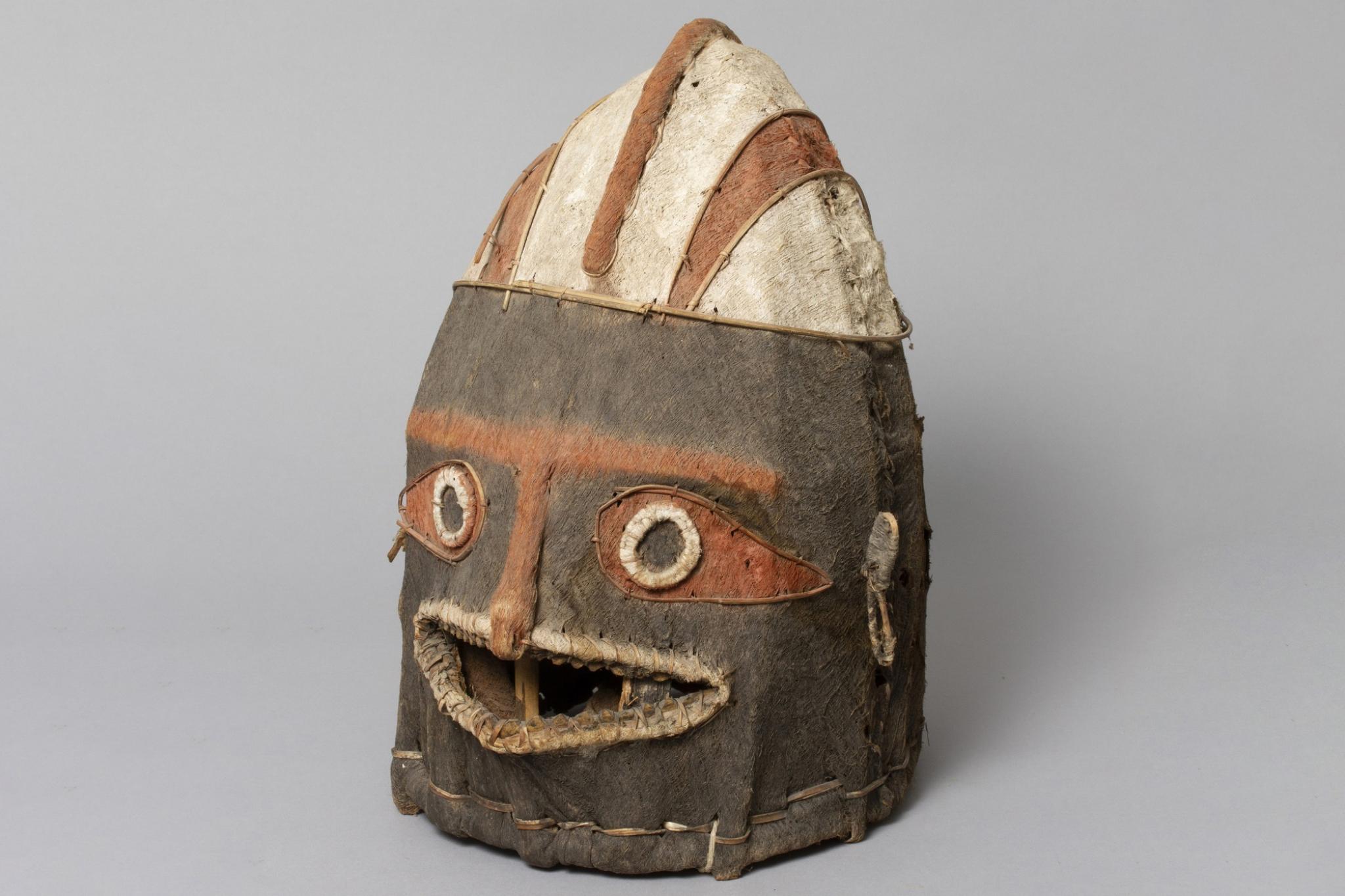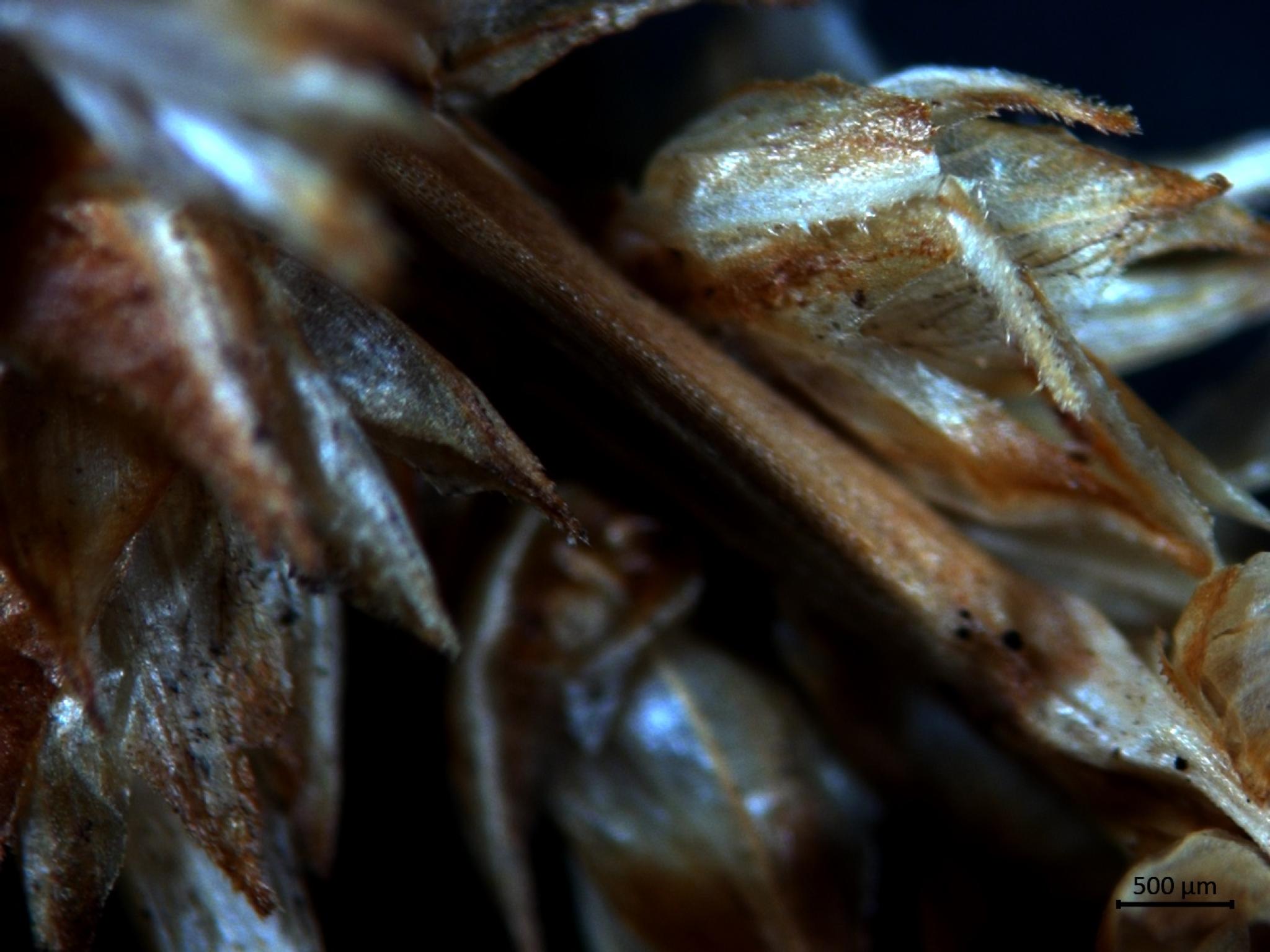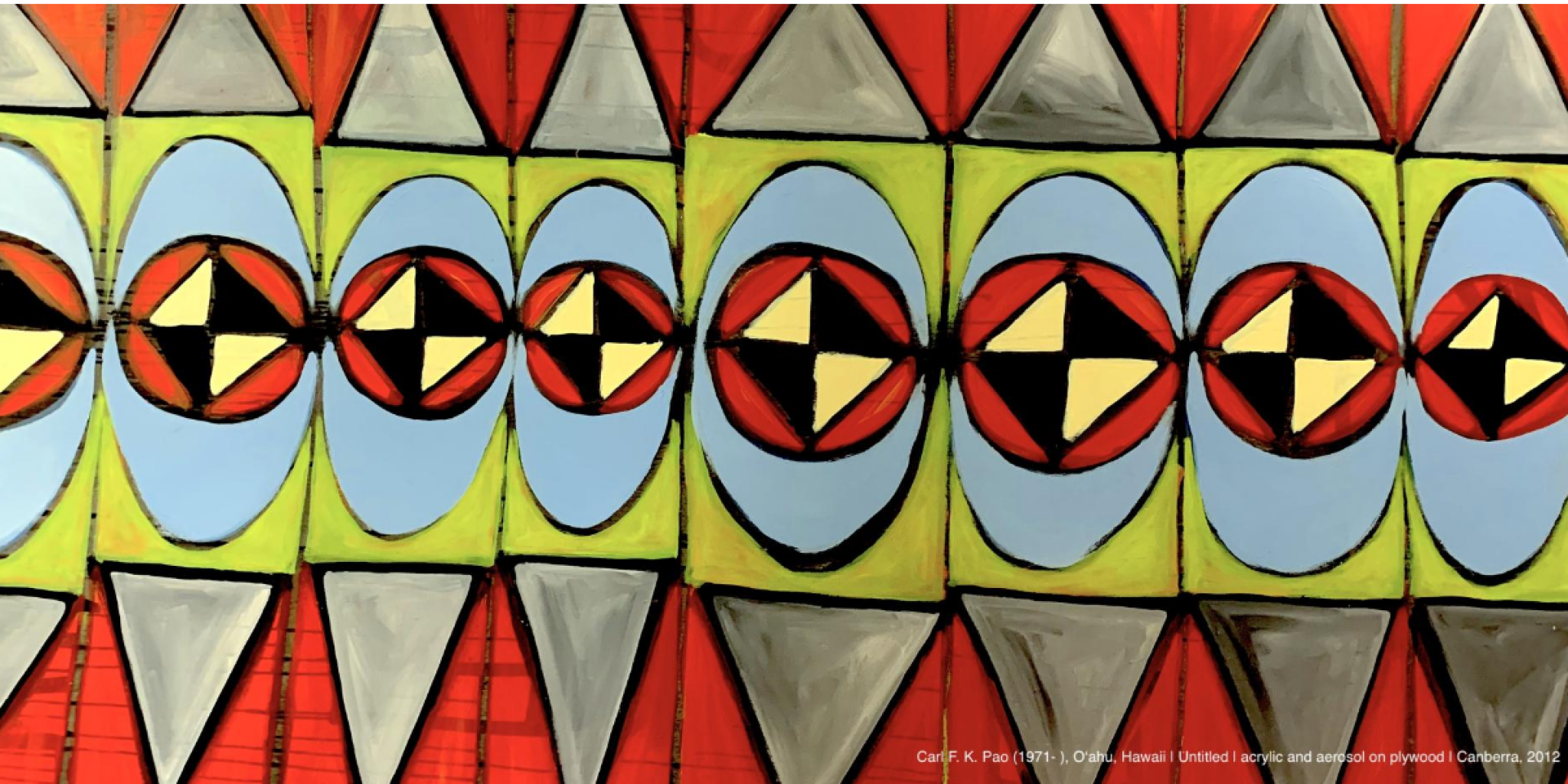The Australasian Pollen and Spore Atlas (APSA) is the largest online collection of pollen and spores in the Australasian region. The collection currently holds details on over 15,000 species and is free to access online.
At the Australian National University, collections are valuable assets that support our research, teaching and outreach. The University holds over 60 research, teaching and heritage collections. These include a variety of rare and unique artworks, antiquities, geological and archaeological samples, biological specimens, scientific instruments, and other cultural material from Australia and the Asia Pacific regions.
Here's a glimpse into some of the historical and cultural legacies we preserve.

CAP Art and Objects Collection
The College of Asia and the Pacific preserves a historically significant collection of art and ethnographic objects pertaining to the fieldwork conducted by researchers from the University’s foundation to the present day. This material relates to the cultural traditions of communities in the Northern Territory and Kimberley region of Western Australia, Papua New Guinea, Solomon Islands, Vanuatu, Fiji, Tonga, Samoa and Indonesia.

Asia Pacific Maps Collection
The Asia-Pacific Map Collection is made up of more than 30,000 topographic, cadastral, aeronautical, bathymetric, thematic and tourist maps. The collection has special emphasis on Asia, Australia and the Pacific.

Seed Collection
The ANH Seed Collection is a scientific reference collection of seeds and nuts from the Australasian and Pacific region, amounting to approximately 850 specimens from upwards of 30 countries. This collection utilises the specific characteristics of seeds to identify the plant origin and potential use of seeds and nuts found in archaeological excavations and in environmental archives. Comparative collections like this one are a critical tool for archaeobotanical, (palaeo)ecological and agricultural research.
Zooarchaeology Collection
This collection of mammal, bird, reptile, fish and invertebrate (shellfish) specimens. It contains skeletal specimens of native Australian, common domesticated and introduced fauna, and a variety of species from across the Southeast Asian and Pacific region. It includes various scientifically significant, rare, extinct (e.g., Tasmanian tiger) and endangered species. The collection is pivotal to the teaching and research activities of several archaeology subdisciplines, including zooarchaeology, taxonomy, taphonomy, palaeobiology and human environments.
Obsidian Collection
The ANH Obsidian Collection contains samples of volcanic glass from across the Asia-Pacific region and which have been collected for scientific analysis over the past 60 years. Using geochemical analysis, obsidians can be tracked across large regions and when combined with archaeological studies, can offer insights into social interactions of communities.
Charcoal Collection
The ANH Charcoal Collection is a reference collection that was created by Rose Whitau during her PhD studies at ANU in 2018. Charcoal from wood is often found in archaeological excavations and palaeoenvironmental records; however, identifying the source plant of the charcoal is not possible unless comparative material is available. The collection contains samples of 71 taxa, representing most major tree taxa found in northern Western Australia.
Pacific Manuscripts Bureau (PMB)
The Pacific Manuscripts Bureau copies archives, manuscripts and rare printed material relating to the Pacific Islands. The aim of the Bureau is to help with long-term preservation of the documentary heritage of the Pacific Islands and to make it accessible.

